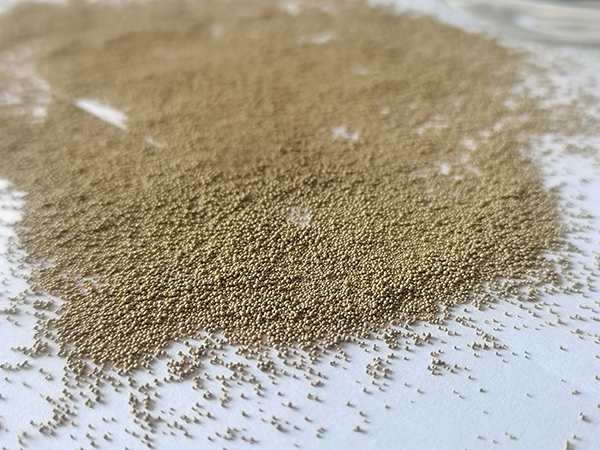Wet Sand 3D Printing The Future of Sustainable Manufacturing
In recent years, the rapid evolution of 3D printing technology has opened up new possibilities for a variety of industries, from aerospace to healthcare. One of the most intriguing advancements is the advent of wet sand 3D printing, which not only revolutionizes the traditional methods of manufacturing but also emphasizes sustainability. By utilizing wet sand as a primary printing material, this method presents a range of benefits including cost-effectiveness, eco-friendliness, and enhanced design freedom.
The Process of Wet Sand 3D Printing
Wet sand 3D printing involves the layer-by-layer deposition of a binder agent onto a sand base, where the sand is kept wet to facilitate adhesion. This process begins with the creation of a 3D model on a computer-aided design (CAD) program. Once the model is finalized, it is sliced into multiple layers, which are then printed sequentially. As each layer of wet sand is added, the binder solidifies to form a cohesive structure. The water content in the sand helps to improve the integrity of the build while reducing dust and emissions that are typically present in traditional sand-casting methods.
Environmental Benefits
One of the most significant advantages of wet sand 3D printing is its environmental impact. Traditional manufacturing processes often involve the use of plastic or metal materials, which can be detrimental to the environment due to resource extraction, energy consumption, and waste generation. Wet sand, on the other hand, is a readily available and recyclable resource. Utilizing it minimizes the carbon footprint of the manufacturing process. Moreover, the use of water reduces the amount of dust and particulate matter released into the atmosphere, contributing to cleaner air quality.
Furthermore, wet sand 3D printing has the potential to repurpose waste materials. For instance, foundries and construction sites often have excess sand that would otherwise be discarded. By integrating this waste material into the 3D printing process, businesses can not only decrease their waste but also contribute to a circular economy.
Versatility in Design
wet sand 3d print

Another noteworthy feature of wet sand 3D printing is its incredible design versatility. The layer-by-layer approach allows for intricate and complex structures that would be challenging or even impossible to create with traditional methods. This is particularly useful in industries such as architecture, where sculptural elements and detailed facades can be produced with precision. By enabling customized solutions, businesses can cater to specific needs and demands, subsequently reducing the time and cost associated with production.
Applications Across Industries
Wet sand 3D printing is garnering interest in a range of sectors. In construction, the technology can be used to create molds for casting concrete elements, thereby expediting the building process and reducing material waste. The automotive industry can utilize this method for producing prototypes and components, while artists and designers are exploring its potential for creating unique sculptures and installations.
Moreover, the method is proving advantageous in the field of education and research. Universities and institutions can employ wet sand 3D printing in their labs to facilitate experimental projects, allowing students to engage with hands-on learning experiences.
Challenges and Future Prospects
Despite its many benefits, wet sand 3D printing faces challenges. The technology is still in its early stages of development, and further research is needed to optimize binder formulations and enhance the structural properties of printed objects. Additionally, there may be limitations regarding the scale of prints and the operational speed of printers.
However, as awareness of sustainability increases and technology advances, the future of wet sand 3D printing looks promising. Ongoing improvements in materials science, coupled with the pressure to adopt eco-friendly practices, will likely propel the adoption of this manufacturing technique across multiple industries.
In conclusion, wet sand 3D printing represents a compelling shift towards sustainable manufacturing. By harnessing the potential of this innovative technology, we can pave the way for a more sustainable and responsible future, minimizing our ecological footprint while maximizing creativity and functionality. As the world continues to grapple with environmental challenges, wet sand 3D printing offers a glimpse of what’s possible when design meets sustainability.
Post time:Гру . 05, 2024 14:14
Next:casting sand price
